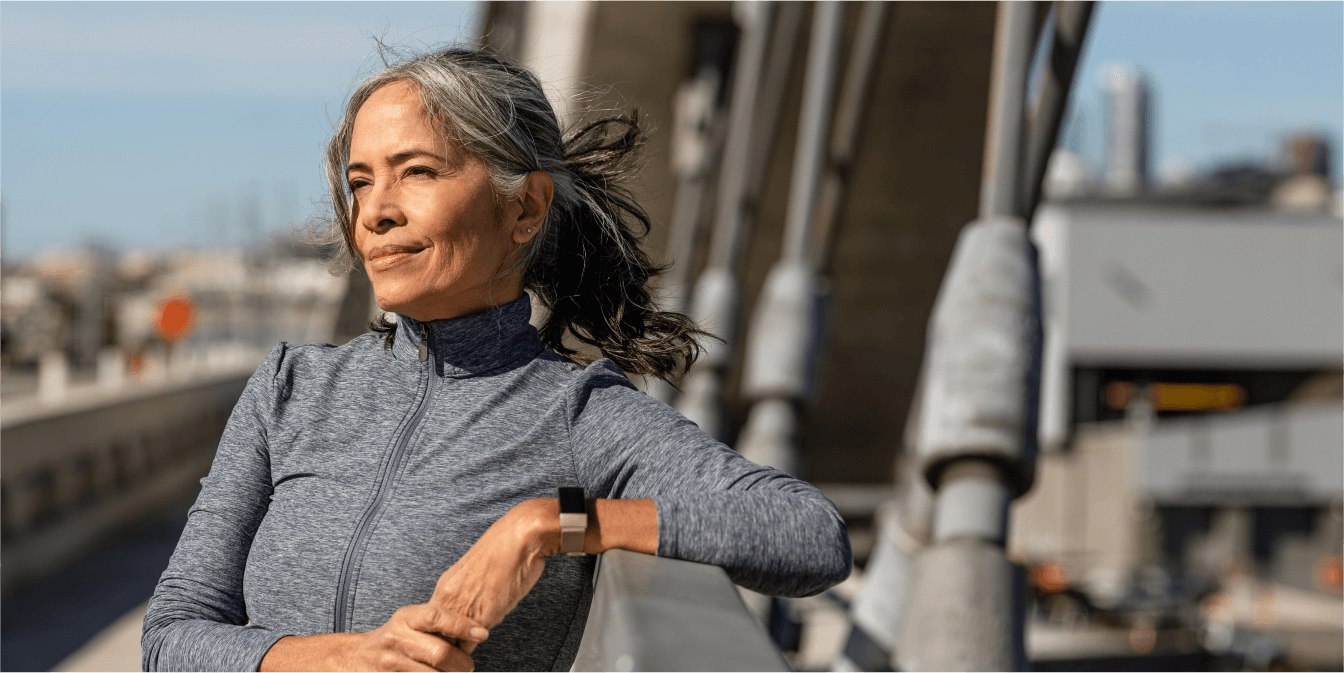The Silent Bone Fracture Disease

Like the rest of our body, our bones are living and growing tissue, but we rarely think of it as living. Bone tissue is made of collagen and calcium phosphate. Throughout our lifetime, bone is being both built and resorbed at the same time.

Like the rest of our body, our bones are living and growing tissue, but we rarely think of it as living. Bone tissue is made of collagen and calcium phosphate. Throughout our lifetime, bone is being both built and resorbed at the same time. In childhood, more bone is laid down than resorbed and bone tissue becomes bigger and stronger. Peak bone density occurs in the mid-20s. However, as we get older, body changes, including depletion of hormones, nutrients and minerals, changes in activity level and increase in inflammation, cause the wear-and-tear processes to become more prevalent than the healing-and-repair process. This change causes the bone to become weaker or more porous — the condition called osteoporosis.
We often don't feel our bones becoming weaker. When bone is sufficiently weak, fractures occur with little or no warning, stress, or trauma. Sometimes the diagnosis of fracturing comes as a surprise, which is why osteoporosis is called the "silent fracture" disease. The most common locations for osteoporotic fractures are the spine, hip, and wrist; other bones are less-commonly affected.

Osteoporosis is one of the most prevalent skeletal disorders in the world. It carries a similar lifetime risk to developing coronary artery disease, yet we hardly ever hear about osteoporosis or its prevention. Osteoporosis is more common in women than men; globally, 200 million women are affected by osteoporosis. In the United States, 10 to 12 million people are affected by osteoporosis, and this figure will increase to 14 million by the year 2020. Fifty-five percent of people living with osteoporosis are over 50 years old. In 2002, the cost for osteoporotic fracture care in the United States was $20 billion. Because men are older, when they sustain an osteoporotic fracture, they have a higher risk of complications.
Osteoporotic fractures affect independence and increase the risk of death. One in two people affected by 0steoporosis fracture will not be able to walk independently again. Half will also need long-term care and help with activities of daily living, like dressing, feeding and personal hygiene. More than one-third who sustain a hip fracture will become entirely dependent.

There is a lot we can do in the prevention of this disease. Increasing awareness with education is essential. Identifying and screening patients at-risk, and early diagnosis of the disease, will prevent complications, dependence and reduce healthcare costs. Increasing physical activity, especially weight-bearing activity, decreasing alcohol consumption and smoking, and optimizing intake of calcium and vitamin D, will reduce the risk of osteoporosis and its comorbidities. Medications like corticosteroids, proton pump inhibitors, certain anticoagulants, and anticonvulsants weaken bone and increase the risk of osteoporosis. Maintaining hormonal and nutritional balance, especially of estrogen and testosterone, calcium, and vitamin D, will preserve bone function. Strong bones are less likely to fracture. Estrogen reduces osteoclast activity and reduces wear and tear on bones. Testosterone is an anabolic hormone and it maintains osteoplastic function. An optimal hormone replacement program with the use of estrogen and testosterone will reduce the risk and rate of developing osteoporosis. Strong bones are less likely to fracture.
Unfortunately, traditional medicine and insurance-based protocols rarely address the multifaceted needs of a patient facing complex problems, such as osteoporosis. At Longevity Medical Clinic, we understand that a combination of diet, nutrition, lifestyle, and comprehensive hormone replacement therapy can be far more successful in both preventing and reversing Osteoporosis. Talk to your Longevity physician today about your potential risk for osteoporosis. If you are not a patient at Longevity Medical Clinic, schedule a free Health Analysis Appointment today to start your journey toward a healthier tomorrow.


Conclusion

View Citations/References
Stay in the Loop
























